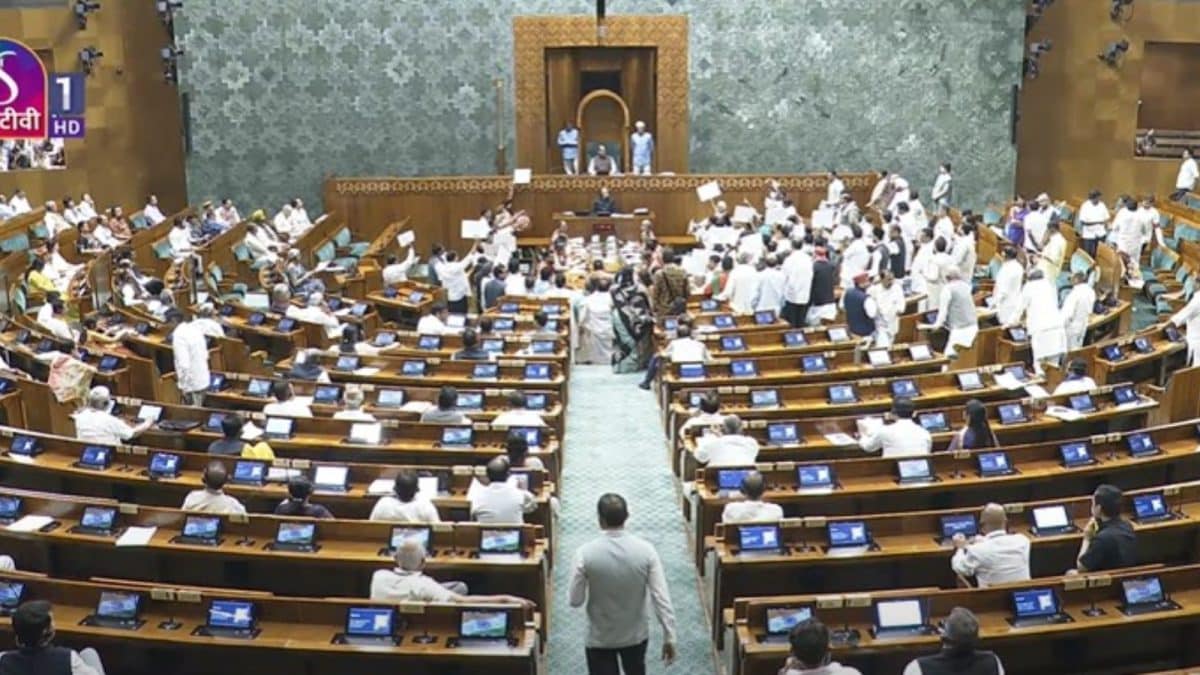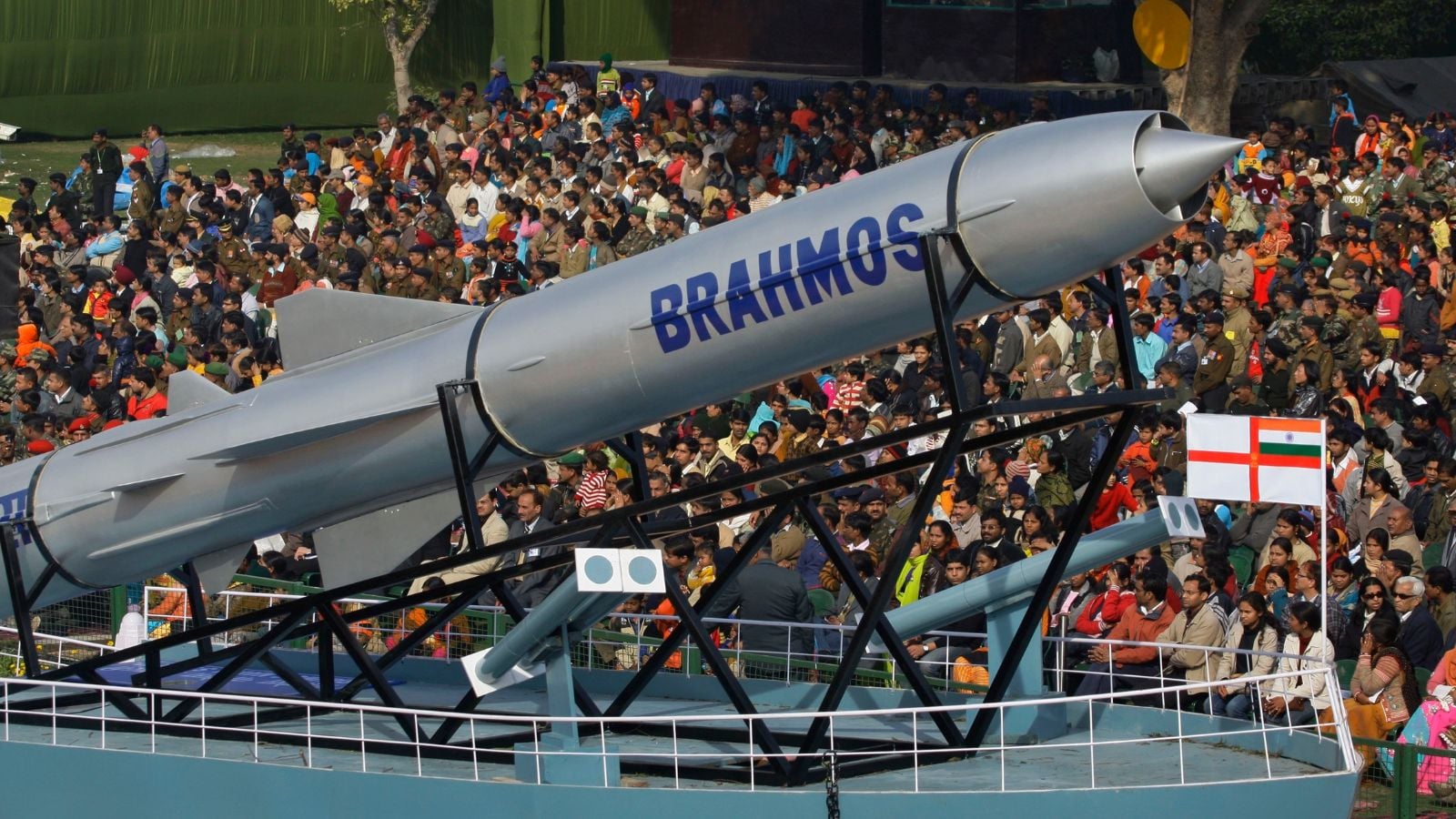ARTICLE AD BOX
Last Updated:August 13, 2025, 14:54 IST
For years, India and China have been locked in a frosty standoff. Now, subtle but significant signals suggest that the ground may be shifting

PM Modi is expected to meet Chinese President Xi Jinping during the SCO summit at the end of August. (Image: PTI/File)
For years, India and China have been locked in a frosty standoff, marked by deadly clashes, frozen travel links, and hardening positions along contested borders. Now, subtle but significant signals suggest that the ground may be shifting. In recent weeks, a flurry of developments has hinted at a possible thaw, stirring questions about whether the two Asian giants are recalibrating their relationship.
The change comes after a prolonged period of mistrust that began well before the Galwan Valley clash of 2020 but deepened in its aftermath. Today, amid a turbulent global landscape and shifting power equations, both sides appear to be testing the waters for renewed engagement.
What is driving this moment, and how far might it go? The answers lie in a mix of diplomacy, trade, and geopolitics, and in the challenges that still stand in the way.
Flights Set To Resume After Four Years
New Delhi and Beijing are preparing to restart direct passenger flights as early as September. The Indian government has asked carriers such as Air India and IndiGo to be ready to operate to China at short notice. A formal announcement is expected during Prime Minister Narendra Modi’s visit to China for the Shanghai Cooperation Organisation (SCO) summit in Tianjin at the end of August, his first trip to China in seven years.
PM Modi is also expected to meet Chinese President Xi Jinping for the first time since their brief encounter in Russia 10 months ago.
Passenger flights between the two countries were suspended after the Covid-19 pandemic, forcing travellers to transit via Hong Kong, Singapore or other hubs. Before the suspension, Air India, IndiGo, Air China, China Southern, and China Eastern operated regular services. Earlier attempts to restart flights in January and June failed due to diplomatic tensions.
First Diesel Cargo To China In Three Years
Economic links, long overshadowed by political tensions, are also beginning to stir. In what Bloomberg calls the first such shipment in over three years, an Indian diesel cargo is headed to China. The EM Zenith left Nayara Energy’s Vadinar terminal on 18 July with about 496,000 barrels of ultra-low sulphur diesel.
The voyage has been anything but straightforward. Initially bound for Malaysia, the tanker reversed course in the Strait of Malacca and anchored for nearly two weeks after the European Union announced fresh sanctions on the Rosneft-backed refinery. It has now updated its destination to Zhoushan, China.
The diversion to China coincides with other recent developments in trade and diplomacy between the two neighbours.
China Relaxes Urea Export Curbs For India
In another trade signal, Bloomberg reported that Beijing has lifted restrictions on urea shipments to India, potentially allowing purchases of up to 300,000 tonnes. India is the world’s largest importer of the nitrogen-based crop nutrient, and in 2023 nearly half of China’s urea exports went to India.
Beijing had halted urea sales entirely last year and, while partially lifting the ban in June, kept restrictions on India until now. India imported about 5.7 million tonnes of urea in the fiscal year ended 31 March 2025, nearly 20 per cent less than the previous year. Purchases from China fell sharply from 1.87 million tonnes in 2023–24 to around 100,000 tonnes in 2024–25. While the planned 300,000 tonnes is modest, it could ease global supply pressures and help lower prices.
Tourist Visas, Pilgrimage Routes Resume
The diplomatic thaw has been matched by a resumption of people-to-people links. On 24 July, India resumed issuing tourist visas to Chinese citizens after a five-year gap, and the Kailash Mansarovar Yatra has also restarted. Finance Minister Nirmala Sitharaman had hinted at a revival of business relations, noting, “How far it will go is something we will have to wait and see."
These steps follow an October 2024 agreement on patrolling arrangements and troop disengagement along the Line of Actual Control (LAC), which restored Indian troops’ ability to access key points and allowed herders to resume grazing in disputed areas.
Trump’s Trade War: A Common Catalyst
Observers point to US President Donald Trump’s tariff policies as a factor nudging India and China closer. Trump doubled tariffs on Indian goods to 50 per cent over Russian oil purchases, while extending a tariff truce with Beijing for 90 days to stave off triple-digit duties on Chinese imports.
When the India tariffs were announced, the Chinese Embassy in Delhi voiced support for India’s sovereignty, calling it “non-negotiable," and posted an illustration of an elephant, representing India, facing a baseball bat labelled US tariffs.
Foreign Policy has reported that Washington may be moving closer to both Beijing and Islamabad in a bid to pull Pakistan away from China. New Delhi’s outreach to Beijing has been viewed by some analysts as a way to mitigate any fallout from a US–Pakistan reset. In Beijing, there is suspicion that US overtures to Pakistan might aim to disrupt the China–Pakistan Economic Corridor or gather intelligence on Chinese weapons used by Pakistan.
As Biswajit Dhar of the Council for Social Development told the South China Morning Post, “I think [Trump] has pushed India and China closer together," noting that US protectionism is a shared concern for both capitals.
Border Disputes, Pakistan Ties Continue To Strain Relations
Even as diplomatic and trade links show signs of revival, several core disputes continue to weigh on India–China relations. The LAC dispute remains unresolved. China’s longstanding defence and strategic partnership with Pakistan also remains a major concern for India. The two describe their ties as an “all-weather strategic cooperative partnership," which extends to military technology and nuclear cooperation. This was evident during Operation Sindoor, when Pakistan deployed Chinese-origin fighter jets, PL-15 air-to-air missiles, and unmanned aerial vehicles.
Infrastructure projects in contested or sensitive regions add to the mistrust. Beijing’s construction of a mega dam on the Yarlung Tsangpo, which becomes the Brahmaputra once it enters India, has heightened water security concerns. In parallel, China is expected to begin work this year on a railway line linking Hotan in Xinjiang to Shigatse in Tibet. The planned route is likely to pass through Aksai Chin, a territory claimed by India but controlled by China, and run close to the G219 highway near the LAC.
Why Both Sides May Push Ahead
Even with the unresolved disputes, the incentives for cooperation are clear. As Dominic Rohner of the Geneva Graduate Institute told the South China Morning Post, “There are clear incentives to increase bilateral ties, yielding both economic and political benefits. While it is difficult to forecast what will happen, it is in these countries’ interest to foster ties."
With flights, fuel and fertiliser trade, visas, and pilgrimages resuming, and a Modi–Xi meeting expected later this month, the next phase of engagement will be closely watched by both sides to assess whether cooperation expands beyond the steps announced so far.

Karishma Jain, Chief Sub Editor at News18.com, writes and edits opinion pieces on a variety of subjects, including Indian politics and policy, culture and the arts, technology and social change. Follow her @kar...Read More
Karishma Jain, Chief Sub Editor at News18.com, writes and edits opinion pieces on a variety of subjects, including Indian politics and policy, culture and the arts, technology and social change. Follow her @kar...
Read More
- Location :
- First Published:
August 13, 2025, 14:54 IST
News explainers India-China Thaw Or Tactical Pause? Breaking Down The Latest Signals
Disclaimer: Comments reflect users’ views, not News18’s. Please keep discussions respectful and constructive. Abusive, defamatory, or illegal comments will be removed. News18 may disable any comment at its discretion. By posting, you agree to our Terms of Use and Privacy Policy.
Read More



.png)
.png)
.png)
















 4 days ago
8
4 days ago
8








 English (US) ·
English (US) ·